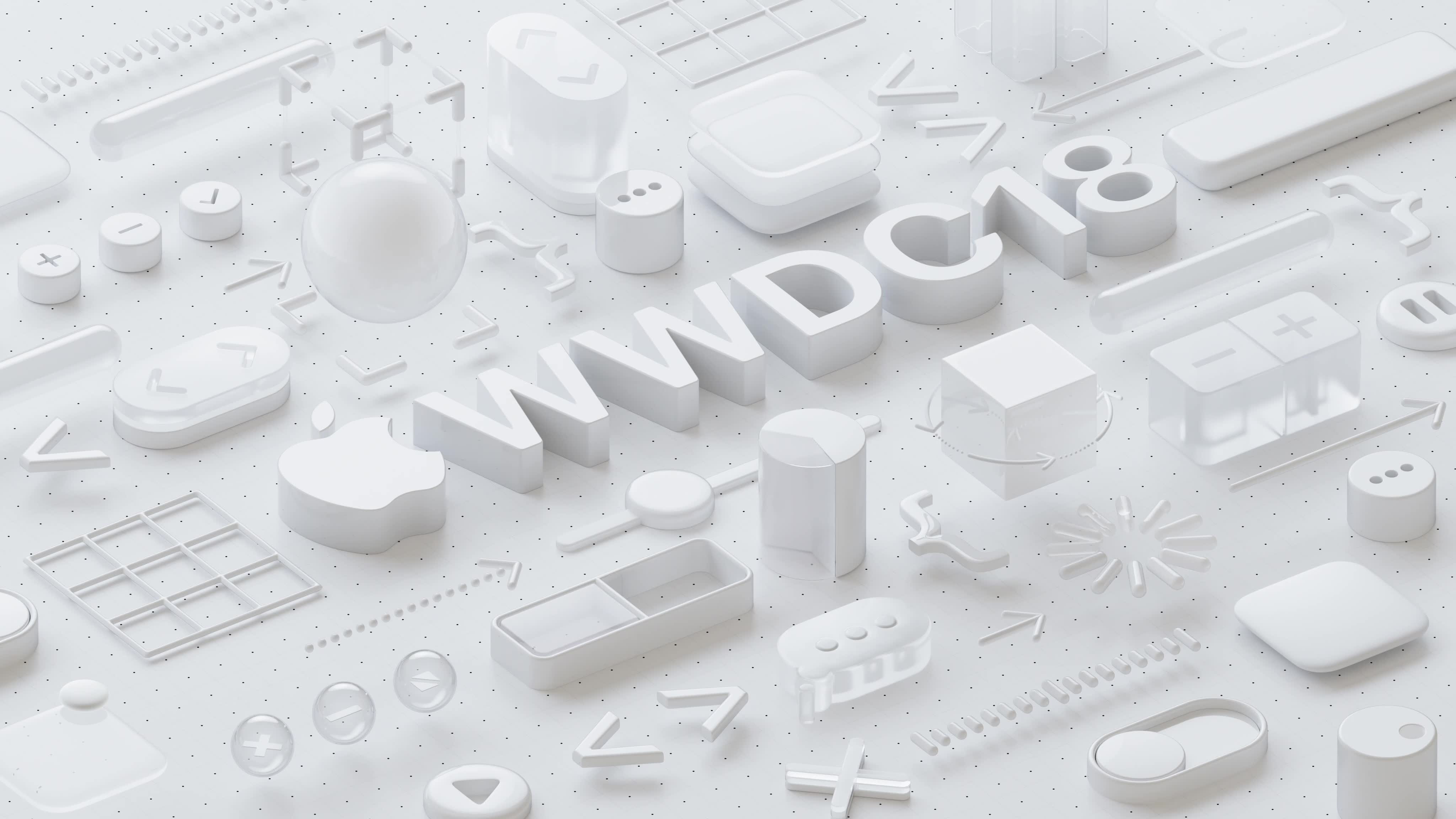Apple’s Keynote to launch the 2018 Worldwide Developer Conference (WWDC) event has come and gone, with exciting new updates to all four of their major OS announced. While none of these updates are major overhauls, they feature incremental improvements that users have been asking for for years. We’re going to delve into the two major releases today.
iOS 
The biggest change coming in iOS 12 is significant performance improvements, with Apple claiming apps are going to launch up to twice as fast as ever before. After iOS 11 was criticised for its bugs and poor performance, this change will be appreciated by users of the iPhone 5s and the iPhone X alike. Speaking of, Apple has continued to support all iOS 11 devices on iOS 12, including the 5 year old iPhone 5s which is up to its sixth major OS release.
Other features include a rehashed notifications system that includes grouped notifications, so one active chat won’t flood a user’s lock screen. Group FaceTime for up to 32 people is now also supported, a feature that’s been speculated on ever since FaceTime’s first release in 2010. Additionally, now Do Not Disturb can be enabled until leaving a location, or until the end of a calendar event, again satisfying a need users have been asking for.
Other small iOS 12 features provide refinements that users didn’t even know they wanted, but that significantly improve the usability of the phone day to day. Apps will be able to place a shortcut into their app on the lock screen at specified times or locations, Safari will auto fill security codes from text messages, and the iPhone X’s gesture based navigation makes its way to iPad.
macOS
It’s hard to put an estimate on how long Mac users have wanted a dark mode, but the best estimate is probably somewhere near 1984 when the first Mac launched. With the new update, macOS Mojave, dark mode has arrived, with immediate support from all first party apps and upcoming support for third party apps. While not everyone is going to use dark mode, some people are going to turn it on and leave it on all the time, and for these people this is a massive and much wanted change. Hopefully third party apps are updated quickly to support this.
Just like iOS 12, this new macOS release also includes a few small productivity improvements that users didn’t know they needed. Features such as grouping files by type on the Desktop and having them expand in place when opened, the ability to edit files in Finder without opening them and a new screenshots and screen recording menu will make some common workflows just that bit quicker and easier to manage.
As iOS developers though, the Mac announcement we’re most excited about is the announcement of a UIKit port to Mac coming in 2019, which will enable developers to easily port iOS apps to macOS. This is definitely something we’ll be keeping an eye on.
Summary
As a user of iOS and macOS, seeing these changes makes it feel like Apple is starting to listen to their user base. This is something that every company needs to consider when releasing updates for their apps – what do the users actually want? Additionally, these updates signal that not every update needs to start over from scratch, and that incremental improvements addressing key points can be welcomed too.
Now if only Apple would fix that obtrusive volume indicator…



